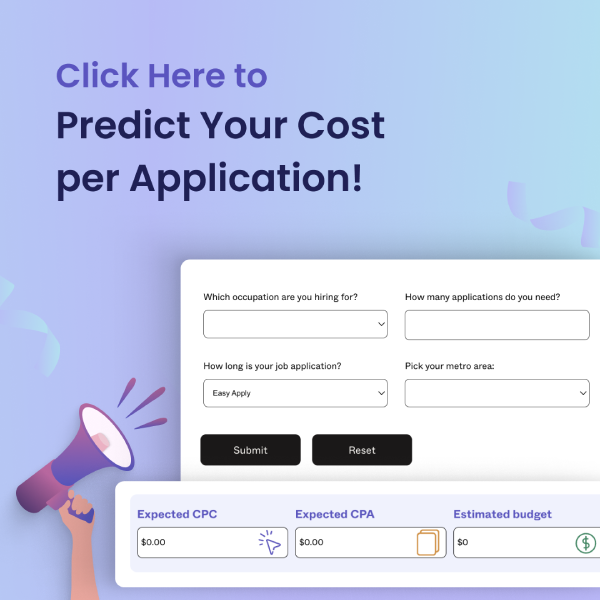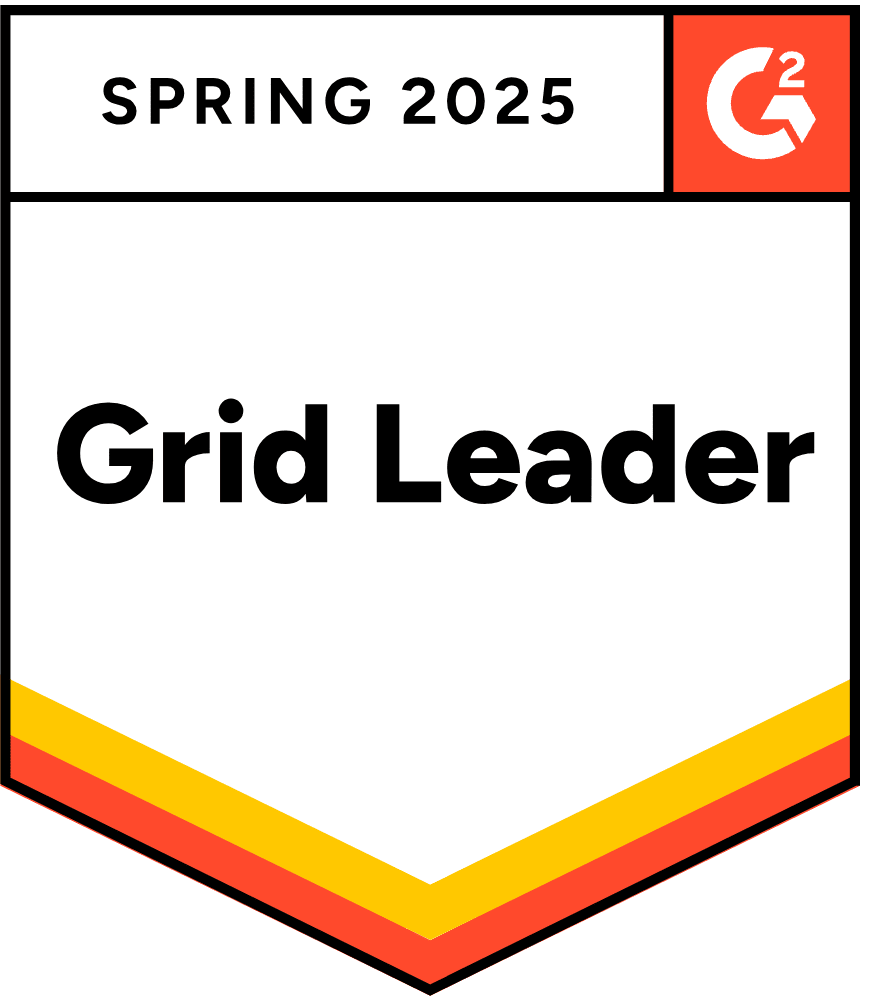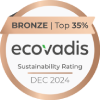Wondering how aggressive your sourcing needs to be in a given state? Well, we’ve got you covered. This chart is here to save the day, giving insight into the demand-supply gap The demand-supply gap is calculated by dividing the number of unique job postings by total employment in the occupation. The higher the number, the greater the demand-supply gap, compared with the national average., and indicating just how aggressive you need to be when it comes to talent sourcing or job advertising.
For example, if you’re looking to hire in Vermont, Idaho, or Tennessee, you shouldn’t have a problem. In fact, these three top our list of easiest to fill states when we take a look at demand and supply of waitstaff. On the other end of the spectrum, filling your hiring funnel in Nebraska, Missouri, or Illinois is going to be a challenge, given the low supply and high demand!
Recommendation: If the color of your state is in the deep gold, it may indicate that you need to jazz up your job content, A/B test titles A/B testing refers to a randomized experimentation process. Two or more versions of a variable (web page, job description, etc.) are shown to different segments of users at the same time. The goal is to determine which version leaves the maximum impact and drives conversions., expand across locationsGeographic optimizations expand the targeted location to include surrounding communities. This is an easy way to extend your reach and reduce CPAs by sourcing from less competitive markets., and consider spending more on recruitment marketing and job advertising to attract more great-fit candidates.






















